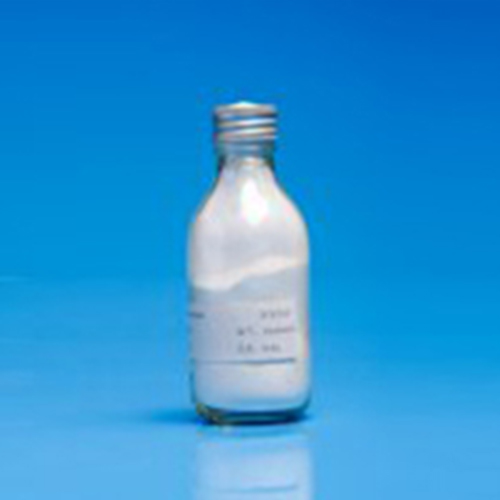One, the role of urokinase
1. This product is mainly used for thrombolysis treatment of thromboembolic
disorders, including: acute diffuse pulmonary embolism, chest pain, 6 ~ 12 hours
and myocardial infarction, coronary artery embolism symptom of shorter than 3 ~
6 hours of acute cerebral embolism, retinal artery embolism and other peripheral
artery embolism severe symptoms of iliac and femoral venous thrombosis.
2. This product is also used to prevent thrombosis after artificial heart
valve surgery, and to keep the vascular intubation, thoracic cavity and
pericardial cavity drainage tube unobtrusive. The efficacy of thrombolytic
therapy requires the maintenance of subsequent heparin anticoagulation.

Second, urokinase side effects
1, bleeding: can be superficial bleeding (mainly in the skin, mucosa and
vascular puncture sites), can also be visceral bleeding (digestive tract
bleeding, hemoptysis, urine blood, retroperitoneal bleeding, cerebral
hemorrhage, etc.), serious need for blood transfusion, or even lead to death.
The incidence of severe hemorrhage is about 1% ~ 5%, and the incidence of
cerebral hemorrhage is generally < 1%. In case of serious bleeding
complications, infusion should be stopped immediately. If necessary, fresh blood
or red blood cells, fibrinogen, etc., can also be injected with
anti-fibrinolytic drugs such as aminohexanoic acid to stop bleeding, but the
effect is usually not significant. The prevention of bleeding mainly consists of
strict selection of indications and contraindications, establishment of venous
access in advance, and prohibition of intramuscular injection after
infusion.
2. This product is an endogenous plasminogen activator without
antigenicity, but some patients may have mild allergic reactions, such as rash,
bronchospasm and fever.
3. Gastrointestinal reactions: nausea, vomiting and loss of appetite.
4. SGPT may be elevated.